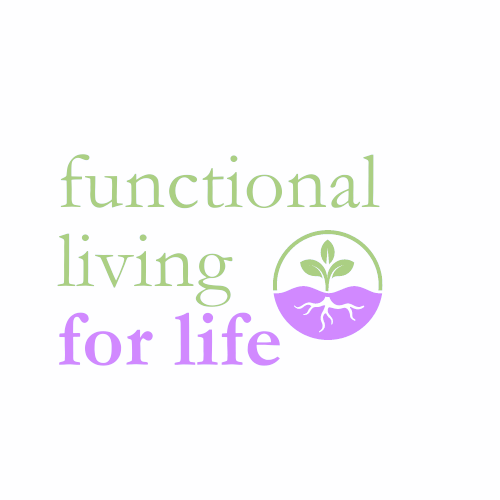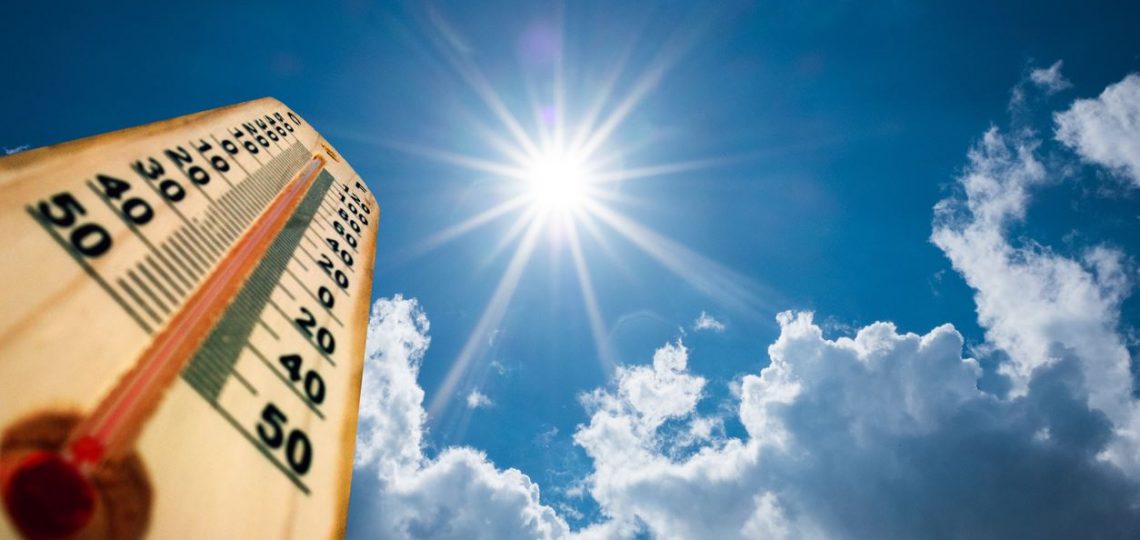When we think of seasonal depression, winter often comes to mind: short days, gray skies, and a lack of sunlight. But did you know that Seasonal Affective Disorder (SAD) can also strike during the sunny summer months?
While summer is typically associated with freedom, fun, and a carefree spirit, not everyone feels that seasonal lift. If you find yourself feeling anxious, irritable, or withdrawn during this time, you’re not alone. Summer SAD is real, and it’s more common than you might think.
What Is Summer SAD?
SAD is a form of depression that follows a seasonal pattern. While winter-onset SAD is linked to decreased sunlight and cold weather, summer SAD is tied to heat, humidity, disrupted routines, and increased social pressures.
Unlike the sluggishness and overeating often associated with winter depression, summer SAD symptoms tend to include insomnia, anxiety, loss of appetite, and agitation.
Why Does Summer SAD Happen?
The National Institute of Mental Health (NIMH) points to both environmental and physiological factors that may contribute to summer-onset SAD:
- Heat and humidity can be draining, reducing energy and making daily tasks feel overwhelming.
- Longer days and disrupted schedules can lead to inconsistent sleep patterns and increased stress.
- Social pressure and FOMO (fear of missing out) from seeing others enjoy summer activities may cause feelings of inadequacy or isolation.
- Body image concerns often intensify in warm weather when more skin is exposed, increasing anxiety and avoidance.
- Environmental allergies are more common in summer and can cause systemic inflammation, which increasingly links to mood disorders like depression.
Who Is at Risk?
Summer SAD can affect anyone, but certain groups may be more vulnerable:
- Individuals living in warmer climates or closer to the equator
- Women are statistically more likely to experience SAD than men
- Young adults, especially those navigating life transitions
- People living with other mood disorders, such as major depression or bipolar disorder
Common Symptoms of Summer SAD
- Anxiety or panic attacks
- Difficulty sleeping (insomnia)
- Irritability or agitation
- Loss of appetite
- Headaches or migraines
- Restlessness or fatigue
- Low motivation or withdrawal from activities
Strategies to Manage Summer Depression
1. Stick to a Routine
Consistency supports mental wellness. Aim to maintain steady morning and bedtime habits—even when summer schedules shift.
2. Keep a Journal
Track your emotions daily. This can help you notice patterns and triggers and provide valuable insight into your mental state.
3. Practice Mindfulness
Grounding techniques like meditation, deep breathing, or yoga can ease feelings of overwhelm and help bring clarity.
4. Stay Cool
Balance sun exposure with shade and hydration. If you notice irritability or fatigue outdoors, find a way to cool down and reset.
5. Eat for Your Mood Your diet plays a key role in your mental health. Studies indicate that consuming whole, nutrient-dense foods and limiting ultra-processed foods is associated with a reduced risk or severity of depression symptoms




